This great city is currently touted as one of the largest cities located in South East England, and highly regarded as one of the fastest growing Cities in Europe since it’s creation as a city on 23 January 1967, when the Government at that time decided that a further generation of new towns in the South East was needed to relieve housing congestion in London. .
History of Milton Keynes
Before the Roman conquest of Britain of 43 CE, the Catuvellauni (a British Iron Age tribe) controlled this area from their hill fort at Danesborough, near Woburn Sands . Under Roman occupation, the area thrived. The obvious reason for this is the major Roman road, Iter III (later known as Watling Street), that runs through the area and that gave rise to an associated Roman town at Magiovinium (Fenny Stratford). Possibly the oldest known gold coin in Britain was found here, a gold stater of the mid-second century BCE
The foundations of a large Romano-British villa were excavated at Bancroft Park, complete with under-floor heating and mosaic floor. Further excavations revealed that this site overlooking the fertile valley of the Bradwell Brook, was in continuous occupation for 2,000 years, from the Late Bronze Age to the early Saxon period. Cremation grave goods from the Iron Age found on the site included jewellery and fine pottery. Other Romano-British settlements were found at Stantonbury, Woughton and Wymbush. Industrial activity of the period included bronze working and pottery making at Caldecotte, pottery also at Wavendon Gate, and many iron-working sites
Milton Keynes was an agricultural community for as long as records exist until the Milton Keynes Development Corporation came into existence. During the Second World War, the Government decided that it needed more information about the food production capacity of the nation and it therefore commissioned a survey of all the farms in the country. The date of Milton Keynes' survey was June 4th, 1941, and the information collected provided a useful snapshot of the state of the farms at that time. Indeed, because of the slow rate of change of country affairs, it probably gives a good idea of the holdings of the farms for perhaps 100 years before and 30 years after that date. None of the farms is now working since their land has been taken for building. However, all the farmhouses (with the exception of Glebe Farm) still exist.
Origin of the Name, Milton Keynes
The name “Milton Keynes” is NOT named after the English poet John Milton (9 December 1608 – 8 November 1674) and the Economist John Maynard Keynes (5 June 1883 – 21 April 1946).
The town of “Milton” was recorded in the Domesday Book as “Mideltone” in the year 1086. This meant the middle of three settlements or farmsteads, the other settlements probably being Brotone (Broughton) and Waltone (Walton).
In the 12th century, a manorial grant was given to the “de Cahaignes” family, who settled there. The name was anglicized into “Kaynes” by the 13th century. And from “Mideltone Kaynes” recorded in 1227, the modern English name of “Milton Keynes” was derived.
The Parish boundary of the village remained more or less unchanged until the year 2000 when the civil parishes were realigned to take account of the large increase in population associated with the development of the eastern flank of Milton Keynes. The original parish included the areas now occupied by the grid squares of Pineham, Fox Milne, Northfield, Oakgrove, Middleton, Monkston Park, Monkston, Kents Hill, Kingston and Brinklow.
It must be stated however that since the creation of the city in 1967, a lot had been achieved in terms of infrastructural and human development.
Below is a timeline of infrastructural development and activities undertaken in Milton Keynes since 1967.
Year
Activity
1969 The Open University relocated to Milton Keynes as its New Headquarter in Walton Hall
1974
Stantonbury Campus Opens
1975
The First Office Building in Central Milton Keynes, Lloyds Court Opens.
1979
First concert at Milton Keynes Bowl takes place featuring Desmond Dekker and Geno Washington.
1979
Former Prime Minister Margaret Thatcher opens the Shopping Building
1982
Milton Keynes Train Station Officially Opens
1984
Milton Keynes General Hospital Opens
1985
Britain’s First Multiplex Cinema Opens in Milton Keynes
1986
Forte Crest Hotel, Currently Holiday Inn Opens
1987
Woughton Marina Opens
1991
De Montfort University Opens
1992
Kingston District Center & Woodhill HM Prisons Opens
1994
Westcroft District center Opens
1996
National Hockey Stadium Opens
1999
Milton Keynes Art Gallery and Theatre Opens
2000
Xscape Opens
2003
Wimbledon Football Club moves to the National Hockey Stadium
2004
Wimbledon F.C renamed and rebranded as Milton Keynes Dons F.C (MK DONS)
2007
Stadium MK Opens and MK DONS moves from Hockey Stadium to the New State of the art, Stadium MK.
2008
University Centre, Milton Keynes Opens
On the Business front a lot of High Profile Companies have offices here in Milton Keynes and a lot more have decided to relocate to Milton Keynes with most of them making Milton Keynes their UK AND WORLDWIDE HEAD QUARTERS. Notably amongst them are:
RED BULL RACING (UK HEADQUARTERS) – AT TILBROOK INDUSTRIAL VILLAGE, MK7
ARGOS UK HEADQUARTERS – ON AVERY BOULEVARD
BP (UK HEADQUARTERS) – WITAN GATE HOUSE, CENTRAL MILTON KEYNES
DOMINOS PIZZA (UK HEADQUARTERS) - NEW ASHLAND
MERCEDES BENZ (UK HEADQUATERS) – TONGWELL
NISSAN – RESEARCH AND DEVELOPMENT, EUROPEAN HEADQUARTERS – CRANFIELD TECHNOLOGY PARK
SUZUKI – UK HEADQUARTERS IN SNELSHELL
VOLKSWAGEN (VW) – UK HEAQUATERS IN BLAKELANDS
WORLD VISION – HEAQUATERS IN FOX MILNE
History of Milton Keynes
Before the Roman conquest of Britain of 43 CE, the Catuvellauni (a British Iron Age tribe) controlled this area from their hill fort at Danesborough, near Woburn Sands . Under Roman occupation, the area thrived. The obvious reason for this is the major Roman road, Iter III (later known as Watling Street), that runs through the area and that gave rise to an associated Roman town at Magiovinium (Fenny Stratford). Possibly the oldest known gold coin in Britain was found here, a gold stater of the mid-second century BCE
The foundations of a large Romano-British villa were excavated at Bancroft Park, complete with under-floor heating and mosaic floor. Further excavations revealed that this site overlooking the fertile valley of the Bradwell Brook, was in continuous occupation for 2,000 years, from the Late Bronze Age to the early Saxon period. Cremation grave goods from the Iron Age found on the site included jewellery and fine pottery. Other Romano-British settlements were found at Stantonbury, Woughton and Wymbush. Industrial activity of the period included bronze working and pottery making at Caldecotte, pottery also at Wavendon Gate, and many iron-working sites
Milton Keynes was an agricultural community for as long as records exist until the Milton Keynes Development Corporation came into existence. During the Second World War, the Government decided that it needed more information about the food production capacity of the nation and it therefore commissioned a survey of all the farms in the country. The date of Milton Keynes' survey was June 4th, 1941, and the information collected provided a useful snapshot of the state of the farms at that time. Indeed, because of the slow rate of change of country affairs, it probably gives a good idea of the holdings of the farms for perhaps 100 years before and 30 years after that date. None of the farms is now working since their land has been taken for building. However, all the farmhouses (with the exception of Glebe Farm) still exist.
Origin of the Name, Milton Keynes
The name “Milton Keynes” is NOT named after the English poet John Milton (9 December 1608 – 8 November 1674) and the Economist John Maynard Keynes (5 June 1883 – 21 April 1946).
The town of “Milton” was recorded in the Domesday Book as “Mideltone” in the year 1086. This meant the middle of three settlements or farmsteads, the other settlements probably being Brotone (Broughton) and Waltone (Walton).
In the 12th century, a manorial grant was given to the “de Cahaignes” family, who settled there. The name was anglicized into “Kaynes” by the 13th century. And from “Mideltone Kaynes” recorded in 1227, the modern English name of “Milton Keynes” was derived.
The Parish boundary of the village remained more or less unchanged until the year 2000 when the civil parishes were realigned to take account of the large increase in population associated with the development of the eastern flank of Milton Keynes. The original parish included the areas now occupied by the grid squares of Pineham, Fox Milne, Northfield, Oakgrove, Middleton, Monkston Park, Monkston, Kents Hill, Kingston and Brinklow.
It must be stated however that since the creation of the city in 1967, a lot had been achieved in terms of infrastructural and human development.
Below is a timeline of infrastructural development and activities undertaken in Milton Keynes since 1967.
Year
Activity
1969 The Open University relocated to Milton Keynes as its New Headquarter in Walton Hall
1974
Stantonbury Campus Opens
1975
The First Office Building in Central Milton Keynes, Lloyds Court Opens.
1979
First concert at Milton Keynes Bowl takes place featuring Desmond Dekker and Geno Washington.
1979
Former Prime Minister Margaret Thatcher opens the Shopping Building
1982
Milton Keynes Train Station Officially Opens
1984
Milton Keynes General Hospital Opens
1985
Britain’s First Multiplex Cinema Opens in Milton Keynes
1986
Forte Crest Hotel, Currently Holiday Inn Opens
1987
Woughton Marina Opens
1991
De Montfort University Opens
1992
Kingston District Center & Woodhill HM Prisons Opens
1994
Westcroft District center Opens
1996
National Hockey Stadium Opens
1999
Milton Keynes Art Gallery and Theatre Opens
2000
Xscape Opens
2003
Wimbledon Football Club moves to the National Hockey Stadium
2004
Wimbledon F.C renamed and rebranded as Milton Keynes Dons F.C (MK DONS)
2007
Stadium MK Opens and MK DONS moves from Hockey Stadium to the New State of the art, Stadium MK.
2008
University Centre, Milton Keynes Opens
On the Business front a lot of High Profile Companies have offices here in Milton Keynes and a lot more have decided to relocate to Milton Keynes with most of them making Milton Keynes their UK AND WORLDWIDE HEAD QUARTERS. Notably amongst them are:
RED BULL RACING (UK HEADQUARTERS) – AT TILBROOK INDUSTRIAL VILLAGE, MK7
ARGOS UK HEADQUARTERS – ON AVERY BOULEVARD
BP (UK HEADQUARTERS) – WITAN GATE HOUSE, CENTRAL MILTON KEYNES
DOMINOS PIZZA (UK HEADQUARTERS) - NEW ASHLAND
MERCEDES BENZ (UK HEADQUATERS) – TONGWELL
NISSAN – RESEARCH AND DEVELOPMENT, EUROPEAN HEADQUARTERS – CRANFIELD TECHNOLOGY PARK
SUZUKI – UK HEADQUARTERS IN SNELSHELL
VOLKSWAGEN (VW) – UK HEAQUATERS IN BLAKELANDS
WORLD VISION – HEAQUATERS IN FOX MILNE
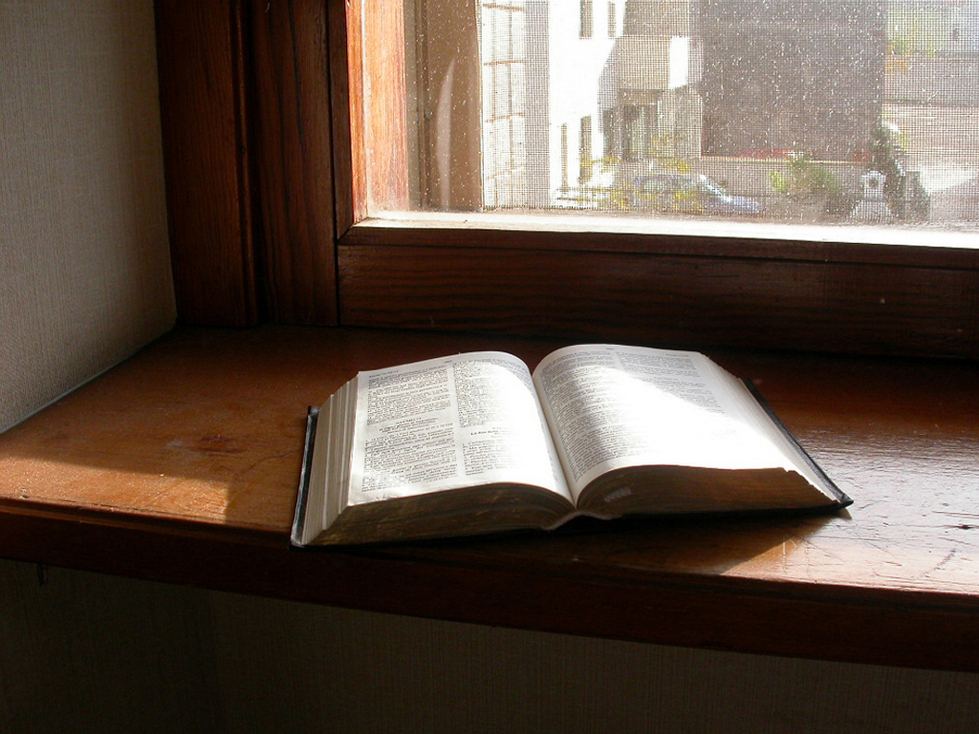
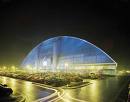
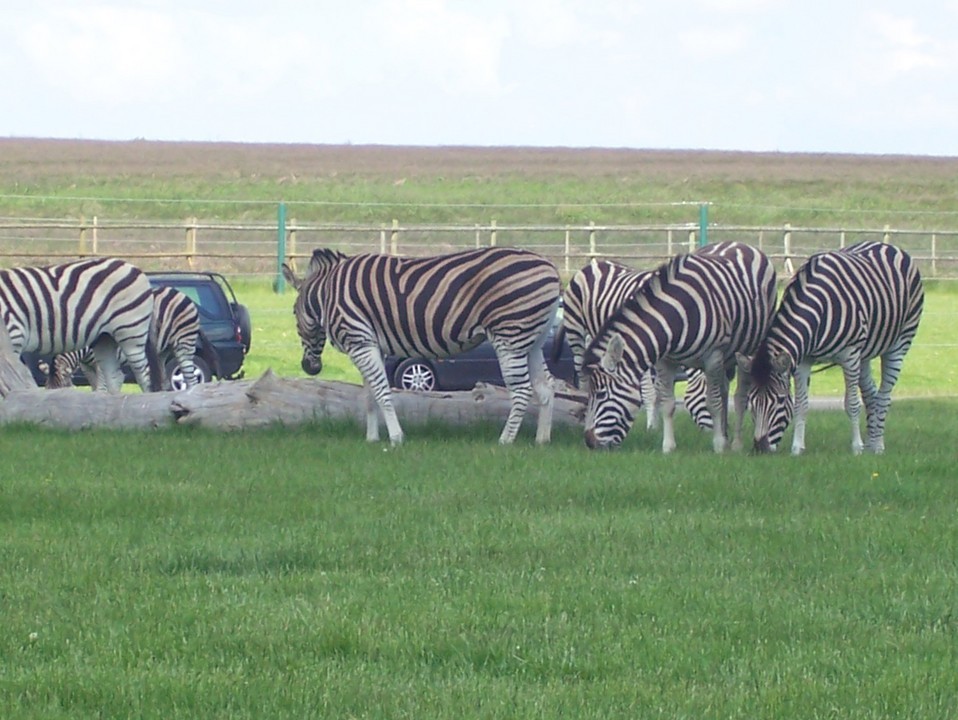
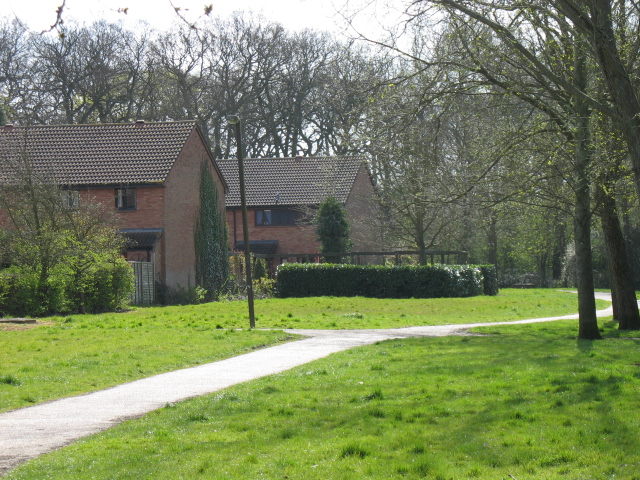
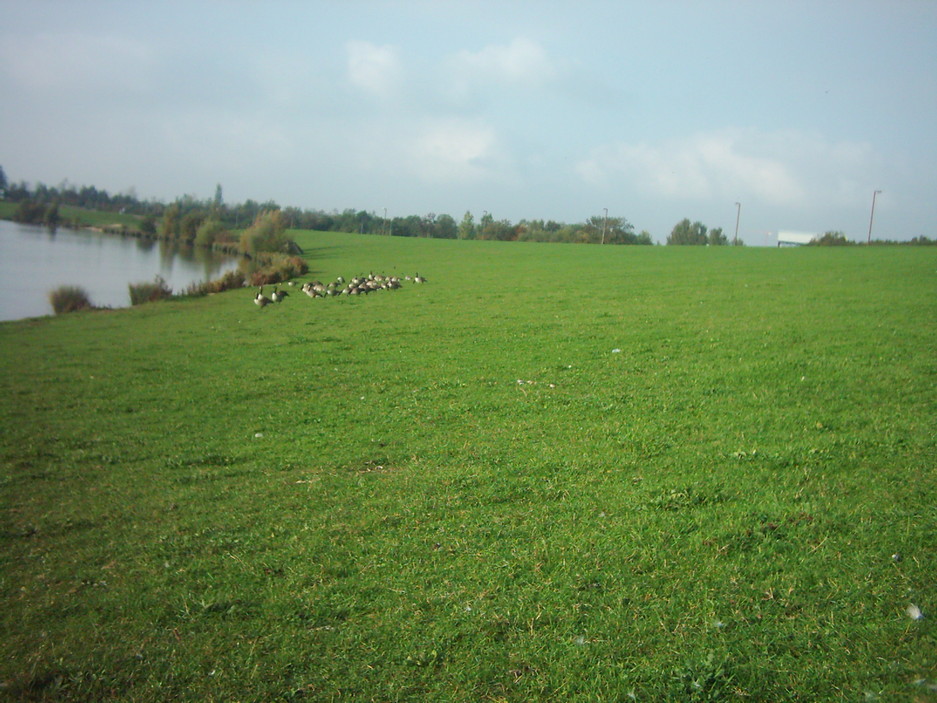
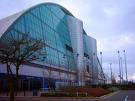
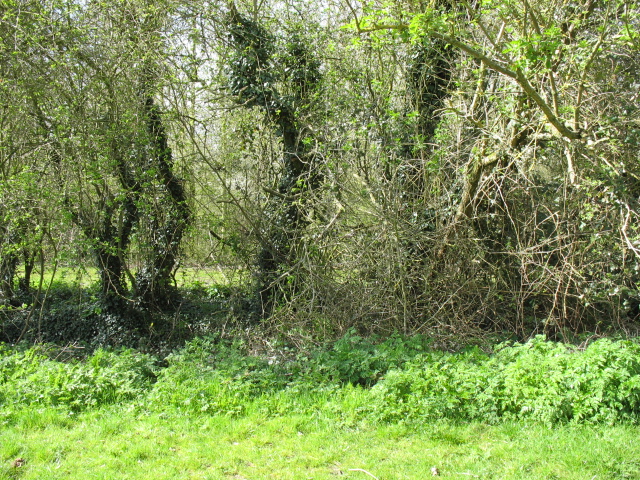
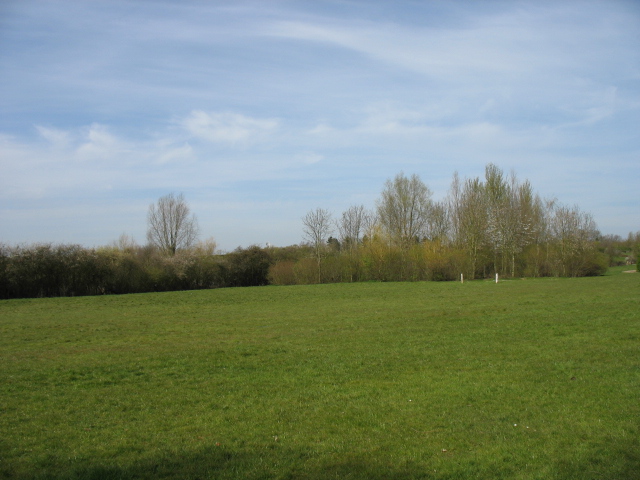

About Milton Keynes

